Retrospective of Civilization III
“Dominate the world through diplomatic finesse, cultural domination, and military prowess.” -Giant Bomb
By Patrick S. Baker
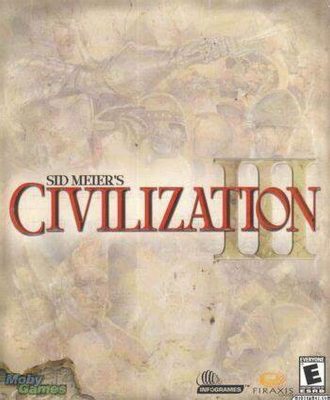
Introduction
After, shall we say, the mixed critical and commercial reception of 1999’s Civilization II: Test of Time, which has an aggregate of only 66% on Metacritic, famed game developer Sid Meier and his company, Firaxis, immediately set to work on another Civilization game. Originally, the development of the game that would become Civilization III (Civ III) was given to Brian Renyolds, the man behind the highly successful base Civilization II game. However, Renyolds left Firaxis before development really got rolling to start his own company, so the assignment was handed to game designer Jeff Briggs and game programmer Soren Johnson.
Briggs was an experienced game designer, and one of the three founders of Firaxis, along with Reynolds and Meier. Briggs had previously helped design such games as Colonization and Civilization II. He also held a PhD of Music Theory and had written the original music for many of Microprose games.
Johnson had gone to work at Firaxis after an internship at Electronic Arts (EA). He was assigned as the primary game programmer for Civ III under Briggs direction. Johnson joined the development team with just 16 months left to finish the game. Still, he rewrote much of the game’s code, with his main focus was on the its Artificial Intelligence (AI).

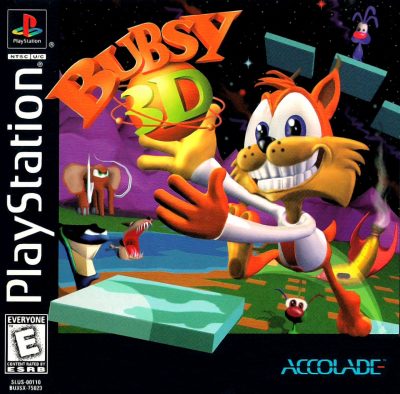 “Playing Bubsy 3D feels like watching Forrest Gump, except every time Forrest Gump says ‘momma,’ Stone Cold Steve Austin punches you in the stomach.” – Noah’s Game Reviews
“Playing Bubsy 3D feels like watching Forrest Gump, except every time Forrest Gump says ‘momma,’ Stone Cold Steve Austin punches you in the stomach.” – Noah’s Game Reviews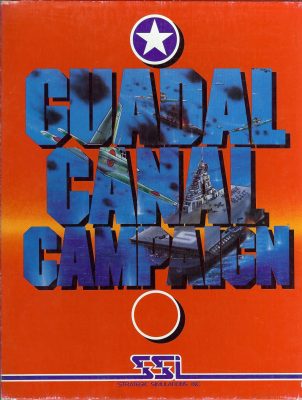 “Before Guadalcanal, the enemy advanced at his pleasure—after Guadalcanal, he retreated at ours.” – Adm. William F. (Bull) Halsey, USN
“Before Guadalcanal, the enemy advanced at his pleasure—after Guadalcanal, he retreated at ours.” – Adm. William F. (Bull) Halsey, USN By Patrick S. Baker
By Patrick S. Baker “Flawed on every fundamental level, Dr. Jekyll and Mr. Hyde is possibly the most unplayable garbage available on the Nintendo Entertainment System.” — Game Informer
“Flawed on every fundamental level, Dr. Jekyll and Mr. Hyde is possibly the most unplayable garbage available on the Nintendo Entertainment System.” — Game Informer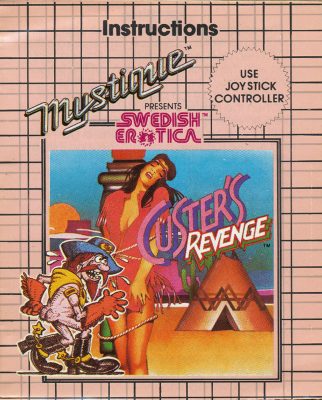 “This game is so bad it makes Superman 64 look like Doom.” — anonymous game reviewer
“This game is so bad it makes Superman 64 look like Doom.” — anonymous game reviewer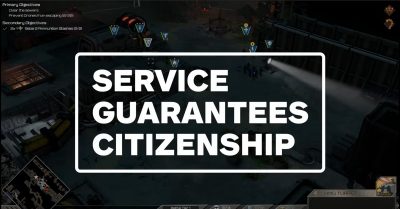
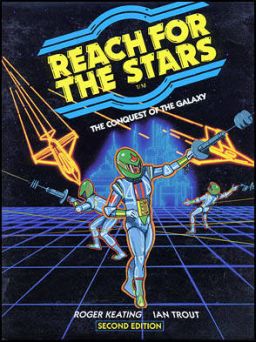 The designation “4X” (standing for “eXplore, eXpand, eXploit and eXterminate”) originated in the Computer Gaming World 1993 preview of Master of Orion by Alan Emrich. In a play-on-words, Emrich rated the game as “XXXX”, referencing the “XXX” rating for pornography. Over time the phrase mutated into “4X” and has been adopted and adapted into a game genre description.
The designation “4X” (standing for “eXplore, eXpand, eXploit and eXterminate”) originated in the Computer Gaming World 1993 preview of Master of Orion by Alan Emrich. In a play-on-words, Emrich rated the game as “XXXX”, referencing the “XXX” rating for pornography. Over time the phrase mutated into “4X” and has been adopted and adapted into a game genre description.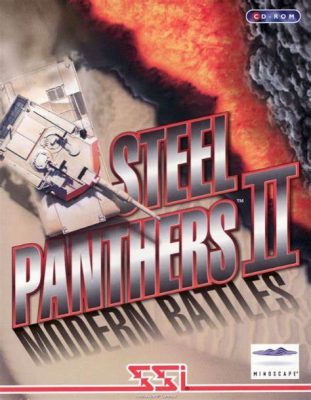 Steel Panthers II: Modern Battles (SPII:MB) was released in November 1996, just one year and two months after the release of the original Steel Panthers (now referred to as Steel Panthers I or SPI). Grigsby had two main goals while developing the new game; one was to improve the animation and the other was to let the players simulate most of the armed conflicts, both major and minor, historical or hypothetical, throughout the world, from 1950 to 1999.
Steel Panthers II: Modern Battles (SPII:MB) was released in November 1996, just one year and two months after the release of the original Steel Panthers (now referred to as Steel Panthers I or SPI). Grigsby had two main goals while developing the new game; one was to improve the animation and the other was to let the players simulate most of the armed conflicts, both major and minor, historical or hypothetical, throughout the world, from 1950 to 1999.